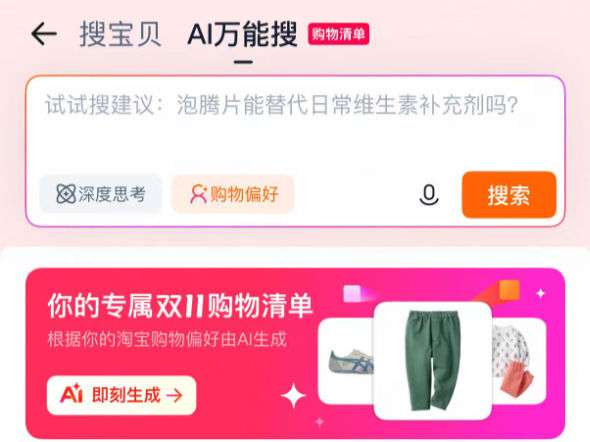The Future of Retail in China
- Double V

- Apr 14, 2020
- 3 min read
Here is a very interesting social retail white paper I recently came across, released by Tencent and Boston Consulting Group. The white paper gave a definition of “Social Retail” - the sale & marketing strategy that influence consumers’ shopping decisions through online social ecosystem.
In China, the penetration rate of social retail is 71%.

With the development of social media and social commerce, one single platform can’t provide all services or functions that consumers need. There are usually 3 types of social media:
a. Contents producing and messaging platforms based on users’ relationship, such as Weibo, WeChat, QQ etc.
b. Certain type of content producing and exchanging platforms, such as Douyin, Bilibili, Taobao live streaming etc.
c. Social commerce platforms, including RED, Pinduoduo, VIPshop etc.

According to the white paper, the influence of social media is becoming stronger and stronger. The penetration rate of social media in China is over 97%. Consumers spend almost 4 hours on their mobile phones each day and 2.3 hours on social media. Besides, over 69% of consumers have shared shopping links through social media. Social media is almost in every part of our lives - before, during or after our decision making process.

The development of social retail eco-system also leads to 4 structure changes of brands and consumers.
1. Traditionally brands can only reach consumers through paid advertising or point of sales. Now brands’ touchpoints is becoming more diversified and socialized. Averagely each consumer has 5.2 touchpoints and more than half is through social media.
2. In the past, brands can’t communicate with consumers directly. They had to go through distributors or media. Nowadays there are many tools that brands can use to communicate with consumers directly, such as WeChat official accounts, mini programs, WeChat groups etc. 82% consumers have already made the decision before they enter sales channels. Sales and marketing strategy are combined.
3. The communication between brands and consumers is decentralized. 77% customers are willing to share with their friends after purchase. Brands would launch promotion campaigns to lead consumers spread the word, such as group buying and referral fee etc. Encouraging your consumers to become your “sales people” is a good way to build private traffic.
4. Many DTC brands started from online, which makes them more flexible and faster. Young generation are more open to new brands and products, they are not following big brands blindly any more. Small brands start to break the monopoly of big brands and win consumer’s loyalty. There are many good examples from China’s domestic brands, such as Perfect Diary. Big brands should learn to react faster and be more localized.

The white paper also mentioned 5 hot trends in social retail that affect consumers’ decision making.
1. Creative Content
Good content can always speak for itself. 61% of consumers are easily attracted by creative content. In fashion industry, luxury brands are the most attractive and can easily attract consumers’ attention. However in FMCG industry, packaged food and beverage are more popular.
2. Brand official account and mini program
Brands can establish closer relationship with consumers through official accounts and mini program. And there is no limitation of time, distance or services. Consumers check on brands’ authority before they purchase. The official messages delivered by brand accounts are important.
3. KOL/KOC
31% of consumers are easily affected by KOL/KOC, especially in fashion and beauty industry. KOLs are getting more diversified and cover many topics. KOL/KOC face customers directly. The more they are down to the earth, the more trustworthy they are.
4. WeChat group
An important way to manage your private traffic. It usually starts from offline, using special discounts or red packet to increase the interaction plus discussions on hot topics and useful knowledge. For example, consumers have high requirements on baby & maternity product quality, and private traffic can be more trustworthy.
5. Group buying
Group buying encourages consumers to share with friends to get the best deal, which also makes the communication more trustworthy. Even though sometimes the products may not be so necessary, people are still willing to buy.



Comments